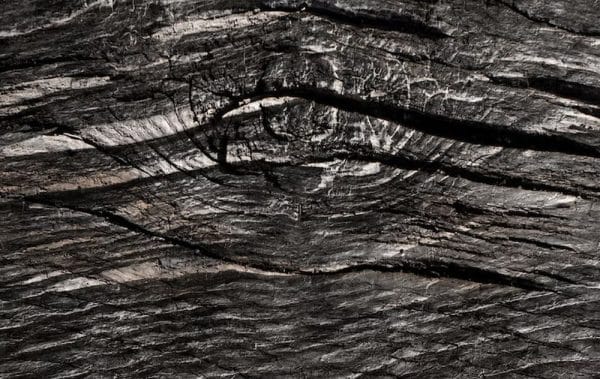
When it comes to cultivating a lush, green lawn, one of the most crucial decisions is choosing between cool-season and warm-season grasses. Your selection can significantly impact the overall health and appearance of your lawn. In this comprehensive guide, we will delve deeper into the characteristics of cool-season and warm-season grasses, helping you make an informed decision that suits your specific needs and preferences.
Understanding Cool Season Grasses:
Cool-season grasses are well-suited for regions with moderate temperatures, showcasing their ability to withstand cold winters. Flourishing in the spring and fall, these grasses include popular varieties such as Kentucky bluegrass, fescue, and ryegrass.
Advantages of Cool Season Grasses:
- Winter Resilience: Cool-season grasses maintain their vibrant green color throughout the winter, providing an aesthetically pleasing lawn even in colder climates.
- Quick Germination: Rapid germination is a characteristic of cool-season grasses, leading to a faster establishment of a new lawn.
- Drought Tolerance: Contrary to common perception, cool-season grasses often exhibit better tolerance to drought conditions compared to warm-season varieties.

Considerations for Cool Season Grasses:
- Summer Stress: Despite their ability to withstand winter, cool-season grasses may experience stress during hot summer months. Adequate watering and care are essential during periods of heat.
- Fertilization Needs: Regular fertilization is crucial for maintaining the health and appearance of cool-season grasses. Proper nutrition ensures a robust and vibrant lawn.
Understanding Warm Season Grasses:
Warm-season grasses thrive in hotter climates and exhibit optimal growth during the summer months. Common warm-season grass varieties include Celebration Bermuda grass, Zoysia grass, and St. Augustine grass.
Advantages of Warm Season Grasses:
- Heat Tolerance: Well-adapted to high temperatures, warm-season grasses are an ideal choice for regions with scorching summers, providing an evergreen landscape during the hottest months.
- Drought Resistance: Warm-season grasses showcase a remarkable ability to endure dry conditions, requiring less water compared to their cool-season counterparts.
- Traffic Tolerance: Many warm-season grasses exhibit excellent wear resistance, making them suitable for high-traffic areas such as sports fields and recreational spaces.

Considerations for Warm Season Grasses:
- Winter Dormancy: In colder climates, warm-season grasses may go dormant and turn brown during the winter months. This dormancy is a natural response to cold temperatures and is not indicative of poor lawn health.
- Slower Germination: Establishing a lawn with warm-season grasses can take longer due to slower germination rates. Patience is key during the initial phases of lawn development.
Factors to Consider when Choosing:
- Climate: The climate of your region is a pivotal factor. If you experience cold winters, a cool-season grass may be more suitable. Conversely, warm-season grasses are ideal for hot climates.
- Soil Type: Consider the soil composition of your lawn. Some grass varieties may perform better in sandy soil, while others thrive in clayey or loamy soil. Conduct a soil test to determine the pH and nutrient levels.
- Maintenance Requirements: Evaluate the level of maintenance you are willing to commit to. Cool-season grasses often require more frequent mowing and fertilization compared to warm-season grasses.
- Aesthetic Preferences: Your personal preference for the appearance of your lawn plays a role. Cool-season grasses often have a finer texture, while warm-season grasses may have a coarser look. Consider the visual appeal that aligns with your landscaping goals.
Best of Both Worlds:
In some regions, a blend of cool-season and warm-season grasses is a viable option. This approach leverages the strengths of both types, providing a green lawn throughout the year. However, it’s essential to carefully choose the varieties that complement each other and are well-suited to your local climate.
Final thoughts
In the ongoing debate between cool-season and warm-season grasses, there is no one-size-fits-all answer. The best choice for your lawn depends on various factors, including climate, soil type, maintenance preferences, and aesthetic considerations. Take the time to assess these factors carefully before making a decision, and you’ll be well on your way to enjoying a vibrant, healthy lawn that suits your unique needs. Whether you opt for the resilience of cool-season grasses or the heat tolerance of warm-season varieties, a well-informed choice will lead to a lawn you can take pride in throughout the year. Choose wisely, nurture your lawn with proper care, and revel in the beauty of your green oasis.









